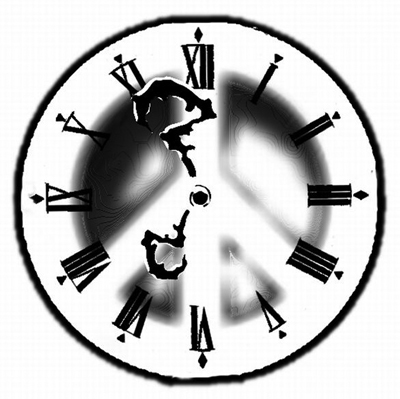All Nonfiction
- Bullying
- Books
- Academic
- Author Interviews
- Celebrity interviews
- College Articles
- College Essays
- Educator of the Year
- Heroes
- Interviews
- Memoir
- Personal Experience
- Sports
- Travel & Culture
All Opinions
- Bullying
- Current Events / Politics
- Discrimination
- Drugs / Alcohol / Smoking
- Entertainment / Celebrities
- Environment
- Love / Relationships
- Movies / Music / TV
- Pop Culture / Trends
- School / College
- Social Issues / Civics
- Spirituality / Religion
- Sports / Hobbies
All Hot Topics
- Bullying
- Community Service
- Environment
- Health
- Letters to the Editor
- Pride & Prejudice
- What Matters
- Back
Summer Guide
- Program Links
- Program Reviews
- Back
College Guide
- College Links
- College Reviews
- College Essays
- College Articles
- Back
A Scientist Forgotten by Time
When one thinks of great scientists of history, the list of names seems to go one forever. However, when one thinks of great female scientists of history, the list of names quickly comes to an abrupt end shortly after it starts. Unfortunately, this lack of names is not due to the fact that there are so few female scientists throughout history, but it is due to the fact that most of these female scientists throughout time have been forgotten by history. One such of these scientists is Rosalind Franklin. Despite making enormous contributions in numerous areas of science, Franklin’s name went unnoticed and forgotten.
Rosalind Franklin was born on July 25, 1920, in London, England to a Jewish family. Despite the stereotypical role of a woman during her time period, at the age of 15, Franklin decided to become a scientist. She received a prestigious education from a number of schools, and in 1938, she became enrolled in Newnham College in Cambridge where she studied Chemistry. In 1941, Franklin was awarded the equivalent of a Bachelor’s Degree in her finals.
Later in 1945, she went on to work at the Coal Utilization Research Association where she based her PhD thesis on the porosity of coal (an important topic of the time). Then Franklin moved to Paris where she worked with Jacques Mering. He taught Franklin X-ray diffraction (a technique used to map atomic and molecular structures of simple single crystals). Using this knowledge, Franklin pioneered the technique of using X-rays to map the structure of crystalized solids in analyzing unorganized, complex materials.
In 1951, Franklin moved back to England and began her work on studying the structure of DNA using X-ray diffraction at King’s College London. With her student, Raymond Gosling, Franklin took pictures of DNA and discovered that there are actually two forms of it. She called these two forms a dry “A” form and a wet “B” form. One of the X-ray pictures of the “B” form of DNA become known as Photograph 51 and was a crucial piece of evidence in mapping the structure of DNA. This particular photograph was taken through one hundred hours of X-ray exposure from a machine that Franklin had refined.
Despite her diligent and cautious work ethic, Franklin clashed with one of her colleagues, Maurice Wilkins. In January 1953, without her knowledge or permission, Wilkins took Franklin’s Photo 51 and showed it to James Watson, a scientist also trying to map out the structure of DNA with Francis Crick at Cambridge. Watson and Crick then used Franklin’s Photo 51 as a basis for their work and model that they published on March 7, 1953. Shortly after, Wilkin’s and Franklin’s work was also published. However, their work seemed more like support of Watson and Crick. Watson and Crick also won a noble prize for their work; however, they never credited Franklin. Franklin did not know that her Photo 51 was the basis for Watson and Crick’s work.
Also happening during the March of 1953, Franklin left King’s College to Birkbeck College on condition that she no longer studied DNA. Keeping her agreement to the given condition, Franklin began her study on the structure of RNA and the structure of the tobacco mosaic virus. Within only five years, Franklin had published a total of seventeen papers regarding viruses. She and her group of researchers laid out the foundations for structural virology.
Sadly, during the autumn of 1956, Franklin was diagnosed with ovarian cancer. Despite having a total of three operations and experimental chemotherapy, Franklin continued her work throughout the two years following her diagnosis. Franklin did experience a 10-month remission, and she continued her work until several weeks before her death. At the age of 37, on April 16, 1958, Rosalind Franklin died.
Despite the expectations of women or lack thereof, Rosalind Franklin made enormous contributions to the scientific community.
“As a scientist Miss Franklin was distinguished by extreme clarity and perfection in everything she undertook.”
- John Desmond Bernal.

Similar Articles
JOIN THE DISCUSSION
This article has 0 comments.
